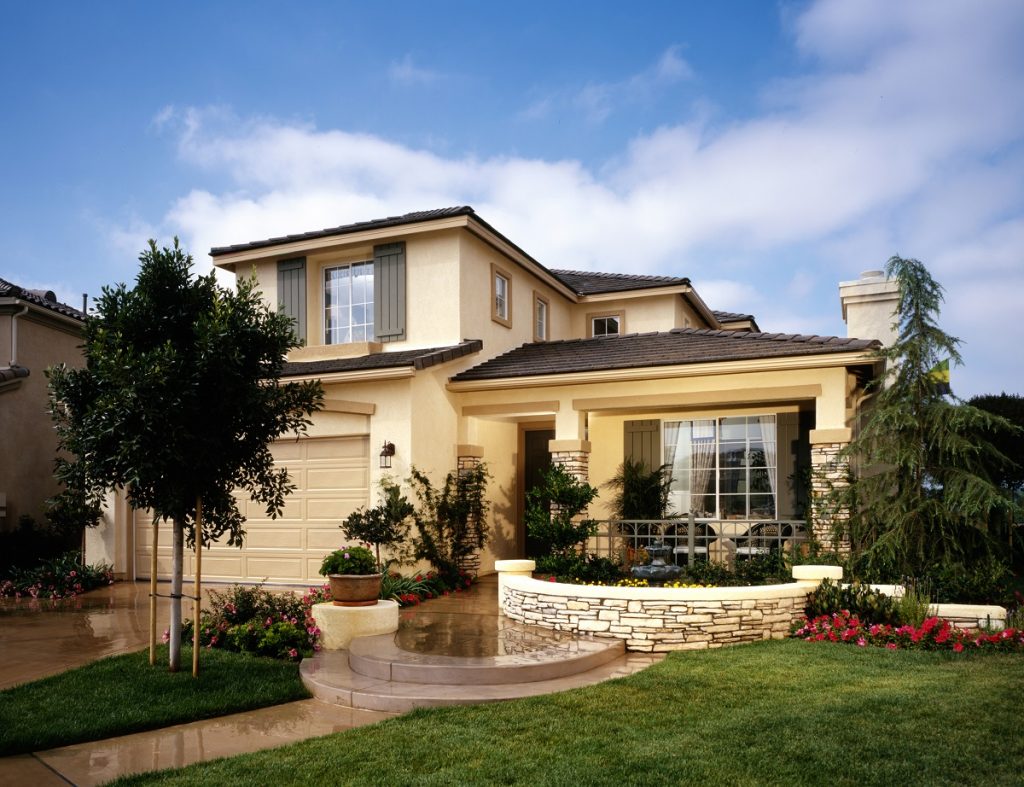You’re currently working for a brokerage firm that specializes in selling businesses and property valuation in Salt Lake City. Because of your work, you get to meet many people in real estate and also people who have sold their properties.
“Zombie House Flipping” and “Flipping Vegas” used to be two of your favorite reality shows on TV. You were inspired by how old and dilapidated property could be transformed into something new, elegant, and, more importantly, could be sold at a profit. They’re TV shows, of course, and a lot more goes behind the scenes. That’s what you’re interested in: to learn the trade of flipping houses to earn money. You started talking to some of your real estate friends to get some insights.
An Overview of House Flipping
More than 49,000 homes—single units and condos—were flipped in just the first quarter of 2019. While the average income from a single flip went down from $62,000 in the first quarter of 2018, to $60,000 in the same quarter for 2019, that is still significant earning for one investment.
Cities with the biggest rate of return in investment include Pittsburgh, Flint, Shreveport, Scranton, and Knoxville. These cities achieved between 105% to 131.2% rate of return.

The Journey to the Flip and Fix
The house-flipping industry was perhaps at its most robust and thriving stage in 2005-2006, just a few years before the housing market crashed in 2008. The number of homes flipped and sold was in the hundreds of thousands. Here are more things you should note about the house flip and fix enterprise:
- Challenges. If you’re getting into this trade, know that there are some challenges. The TV shows make it seem easy and glamorous, but the first thing you’re going to have to deal with are the difficulties. It’s not easy finding the right deal that you could flip for a profit. You will hurdle obstacles about funds since you’re going to have to shell out for the cost of the house, the repairs, and other related expenses. The biggest headache might be repairing. You have to work with reliable contractors, and finding them is not without problems too.
- Get educated. Read books and check out YouTube videos about actual experiences of house flippers. Find reliable blog sites as well that present facts and data about flipping houses. Watching re-runs of your favorite shows doesn’t count as educational.
- The 70% rule. Realtors talk about ARV, which stands for after repair value or the price at which you intend the property to be sold. The rule means that you should pay for a home at 70% of the ARV minus the repair cost. If you envision to sell a flipped home for $100,000 after putting in $15,000 for repairs, then you should get that home in its zombie state at $55,000. The math looks like this: (100,000 x .70) = 70,000 – 15,000 = 55,000.
- Location is key. You can make a home as new and beautiful as possible, but if nobody wants to be in that neighborhood where your property is located, it’s going to be a bust. Location is as important as the renovation works. Is it near schools and shopping centers? How long will it take to get to your bank or the hospital?
A complete flip usually takes about 180 days, starting from buying the property up to the turnover of keys to the buyer. That’s six months for one flip. You need to run multiple deals at the same time to make a respectable annual income. Are you ready for the grind?
